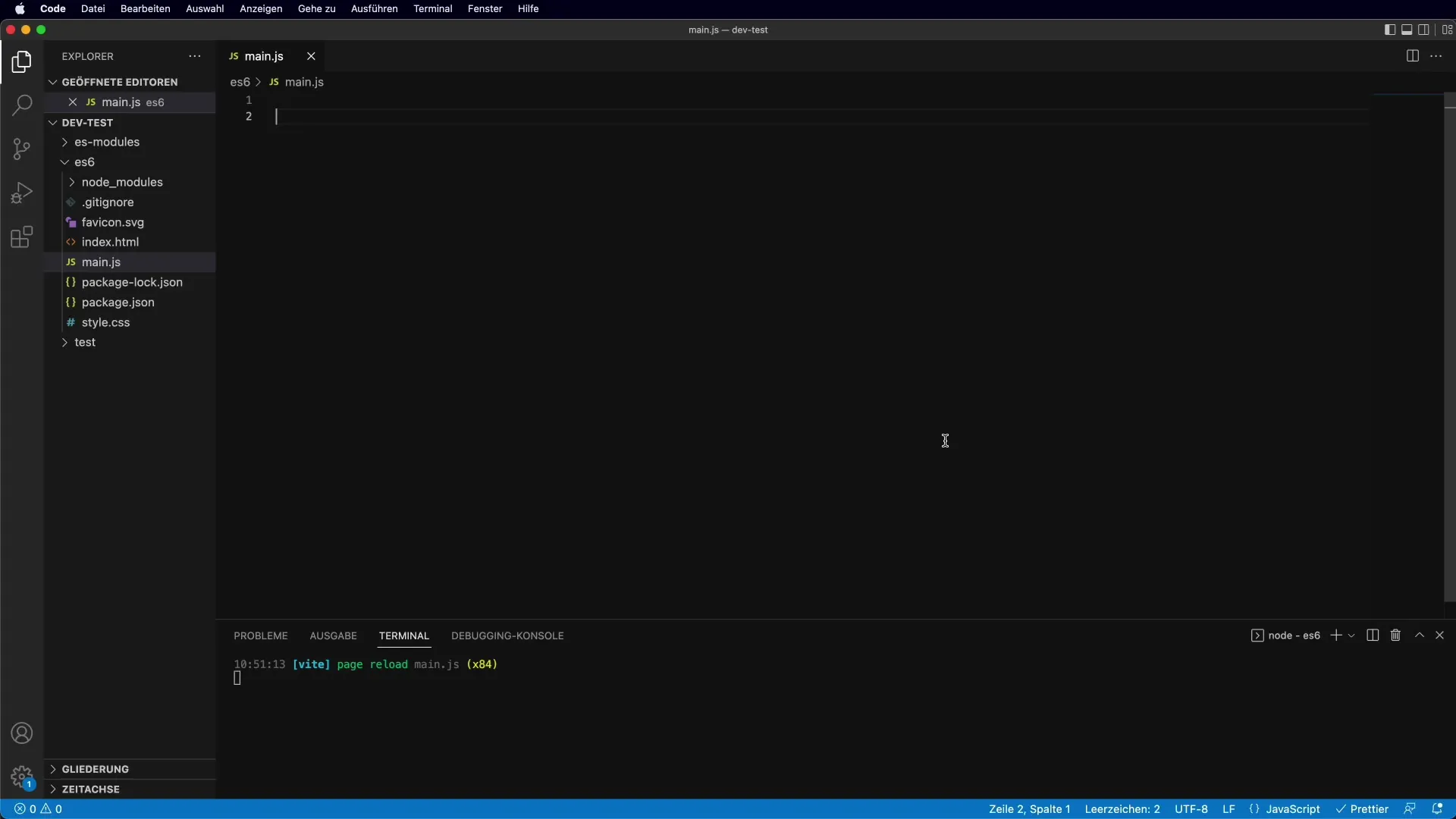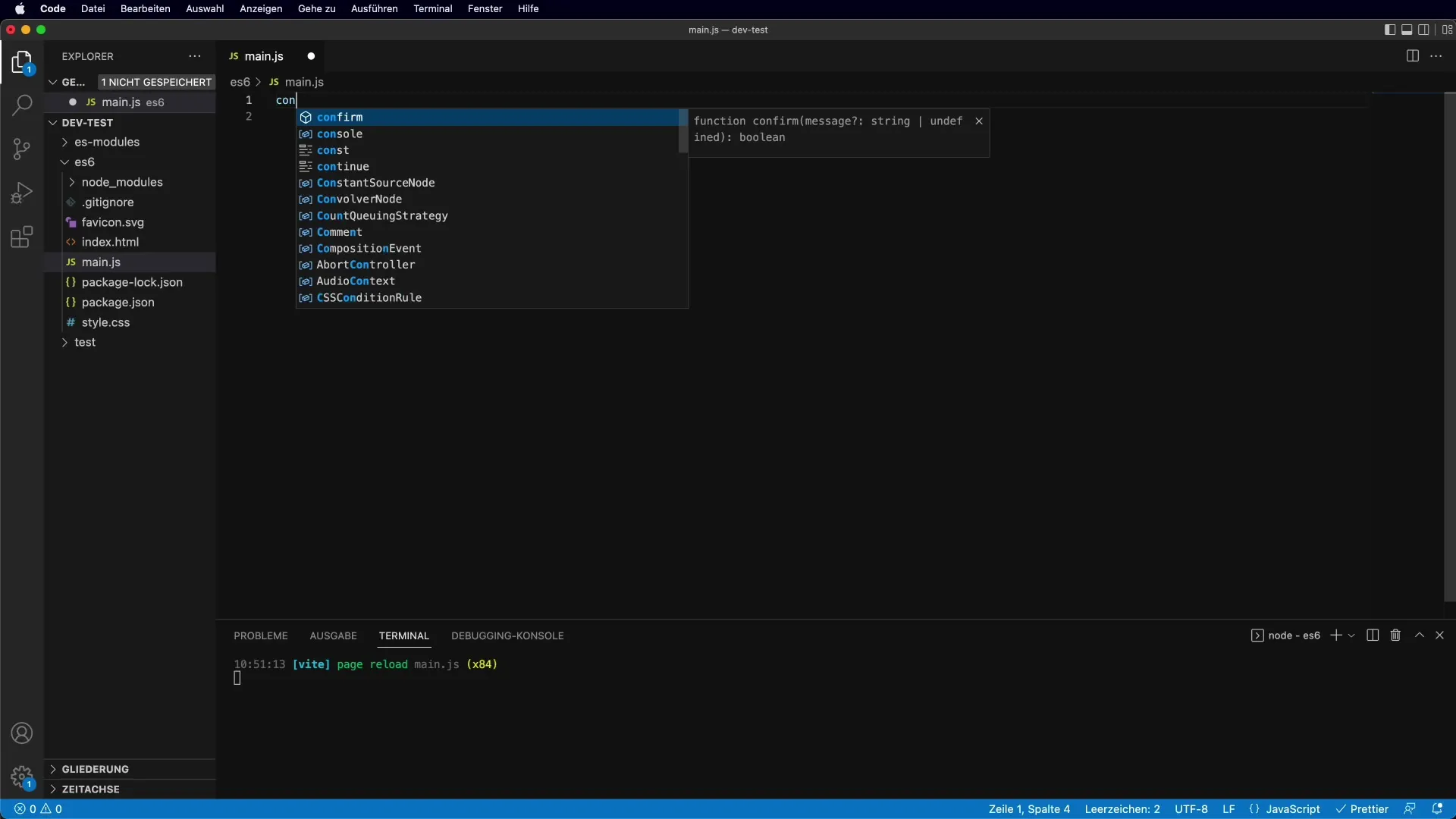You are here because you want to learn more about the new template literals in JavaScript. This feature was introduced with ECMAScript 6 (ES6) and later versions and represents a significant improvement in handling strings. Template literals not only give you the ability to create multi-line strings but also allow for simple interpolation of variables within strings. This makes the use of strings in your code significantly easier and clearer.
Main insights
- Template literals are defined using backticks (``) instead of single (' ') or double (" ") quotes.
- They allow for the interpolation of variables and JavaScript expressions within strings.
- Multi-line strings can be easily created without needing escape characters.
- The readability of code is improved, making development more efficient.
Step-by-step guide to using template literals
To fully take advantage of template literals, here's a detailed step-by-step guide.
Step 1: Basic usage of template literals
Start by defining a simple variable to be used as a template. Instead of double or single quotes, you will use backticks.

Create a variable named text and set its value:
Step 2: Interpolation of variables
Template strings support interpolation. This means you can use variables and even more complex JavaScript expressions directly in the string.

Define two variables and use them in a template literal.
Step 3: Using multi-line strings
With template literals, it's easy to create multi-line texts. Consider how cumbersome that would be with traditional strings. Instead of a multitude of \n characters, you can simply switch to a new line.
Step 4: Inserting expressions
You can also insert complex JavaScript expressions within the curly braces. For example, you can perform calculations and directly integrate the result into the string.
Step 5: Using HTML in template literals
One of the most useful applications of template literals is embedding HTML in JavaScript. This is especially handy when you want to dynamically insert content into your HTML document.
Step 6: Combining CSS and HTML
With template literals, you can also define CSS styles directly in the HTML. This greatly simplifies the work and improves readability.
Step 7: Conclusion and benefits
In conclusion, it's worth noting that the introduction of template literals has revolutionized the way you work with strings in JavaScript. They save time, improve readability, and allow you to create dynamic content much more easily.
By using template literals instead of traditional string methods, you will find that your code is not only shorter but also clearer and more efficient.
Summary – Template literals in JavaScript
Template literals make working with strings in JavaScript significantly easier and more efficient. They allow for simple interpolation of variables, multi-line strings, and the embedding of HTML and CSS directly in your JavaScript code.
Frequently Asked Questions
What are template literals in JavaScript?Template literals are a syntactical extension for working with strings that allows for the easy integration of variables and expressions into strings.
How do I define a template literal?Template literals are defined using backticks (`) instead of single or double quotes.
Can I create multi-line strings with template literals?Yes, template literals allow for easy creation of multi-line strings without escape characters.
What advantages do template literals offer?They improve code readability, simplify interpolation, and allow for direct insertion of HTML and CSS.
Can I use functions in template literals?Yes, you can use JavaScript expressions and function calls within template literals.


